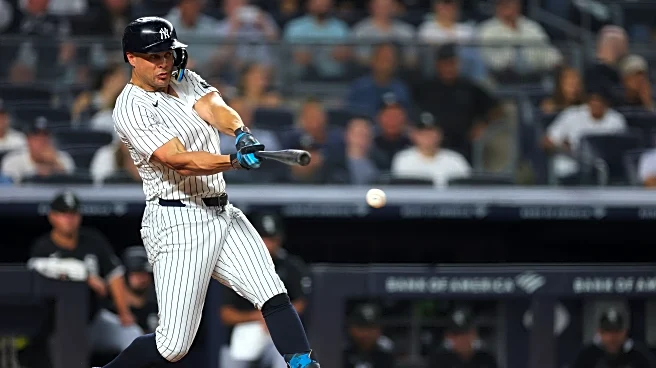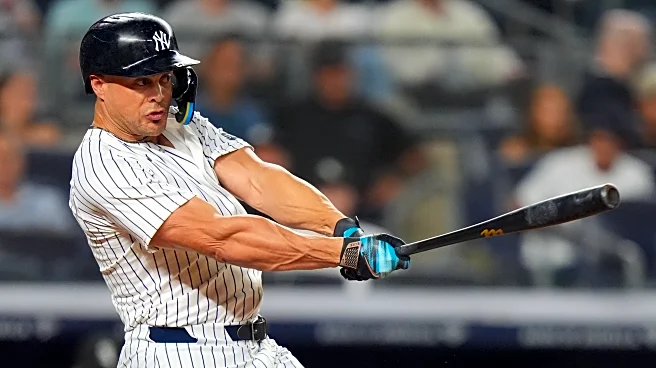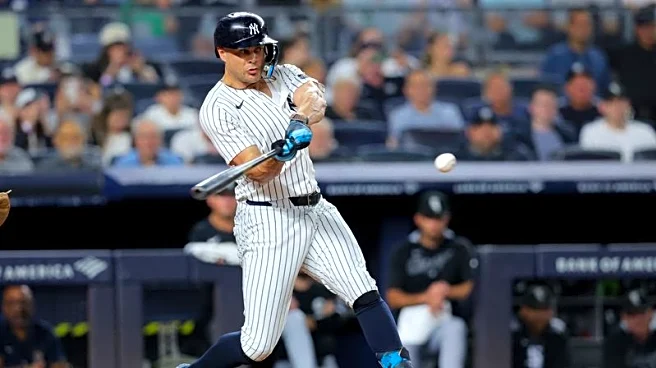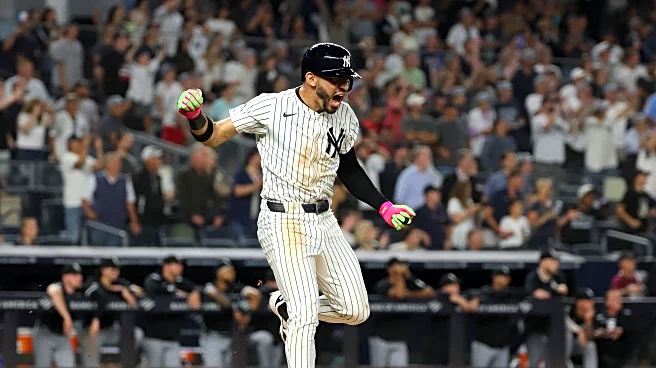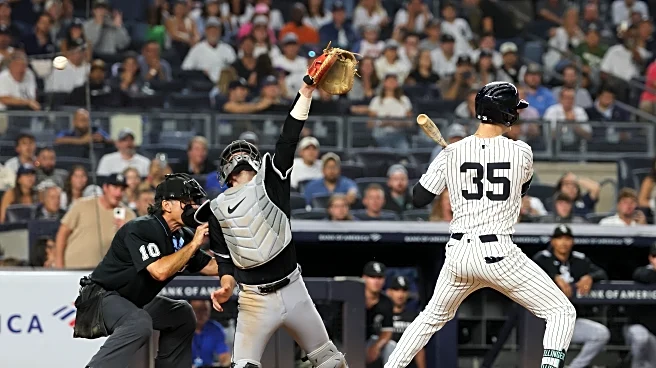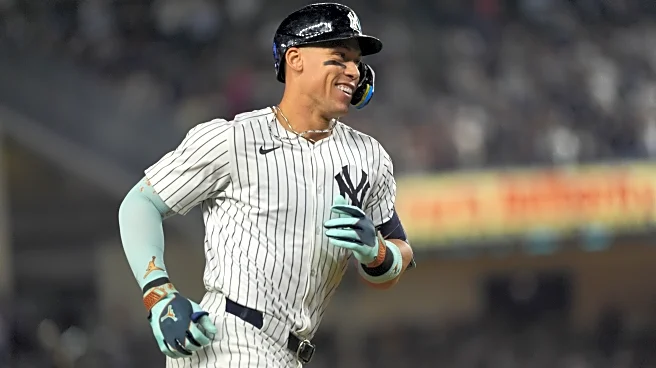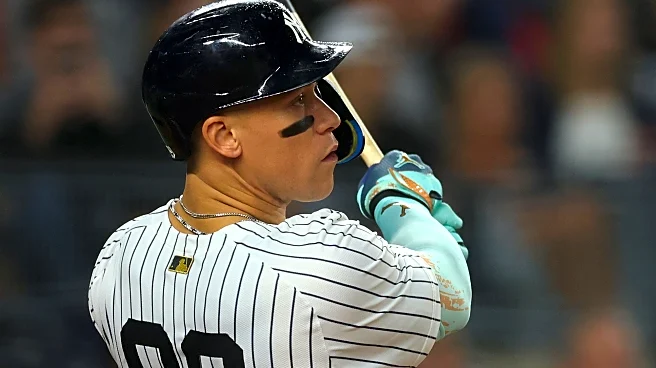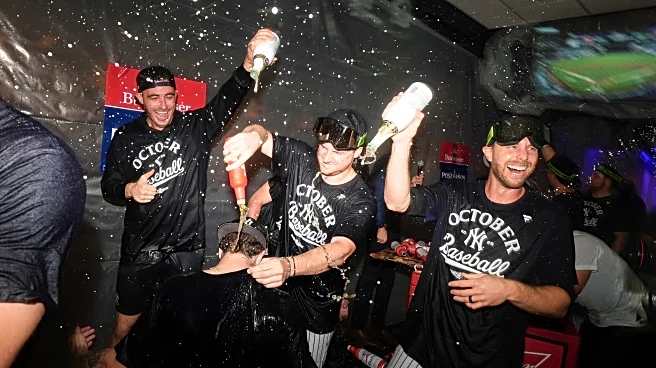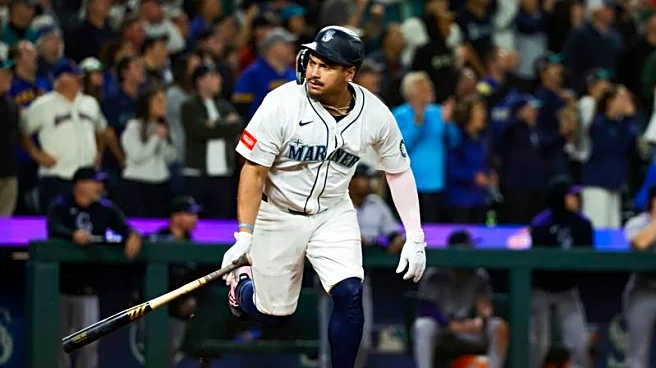The Yankees entered Tuesday’s opener against the White Sox knowing that a win would clinch them a spot in the playoffs. As the game wore on and the scoreboard watching intensified, it became apparent that the Yankees were
playing for more than just a postseason berth. The Blue Jays were losing their own series opener against the Red Sox, meaning that a win would draw the Yankees within one game of the division lead.
That made Colson Montgomery’s two-run homer to go up 2-1 in the sixth feel that much more damaging, the bats managing nothing after Austin Wells’ RBI double in the second. Would the Yankees waste another invaluable opportunity to gain ground in the division after doing so in the game they lost to the Orioles the series prior? The bullpen managed to hold the deficit there, but with each successive zero of their own getting posted on the box score, time was running out fast for the Yankees.
In fact, those zeroes kept lining up all the way to the ninth inning, and you wondered whether the chance had gone for the Yankees. All the same, it remained imperative that Luke Weaver keep the score right where it was if the offense would have any reasonable chance of mounting a final inning comeback. The inning didn’t start according to plan, Brooks Baldwin leading off with a double. However, Weaver struck out Lenyn Sosa and got Will Robertson to pop out to put himself an out away from completing the job he was tasked with.
With the nine hitter Dominic Fletcher digging in and two outs, Weaver has a little more latitude to be aggressive in the zone and perhaps even hunt some early weak contact. To that end, Weaver begins with a four-seamer, Wells putting down a target down and in.
Weaver nails his spot, catching more than enough of the zone to make the call unambiguous for the home plate ump. This is such an important pitch to be able to land for a first pitch called strike. Now that Weaver has established that he can command the bottom of the zone with his fastball for called strikes, it unlocks boundless chase and whiff potential on the changeup below the zone.
Weaver wastes no time exploiting this advantage he has created, throwing a chase changeup below the zone.
Unfortunately for Weaver, this pitch starts as a ball in off the plate out of his hand and at no point during its path toward home does it look like a strike, making for an easy, straightforward take from Fletcher to even the count at 1-1.
Weaver may have mis-executed that changeup and Fletcher may have shown no inclination of expanding, but that doesn’t necessarily mean Weaver needs to move off the change. If he can start it down a more similar tunnel as the first-pitch fastball, he can still probably fool the hitter that it’s another low in-zone fastball.
That’s exactly the execution and outcome that Weaver achieves with this changeup. This pitch looks like a strike out of Weaver’s hand and Fletcher is forced to bite, whiffing by a mile over the top of a ball that ends up in the dirt. This is the effect of having thrown that first-pitch four-seamer for a called strike — Fletcher has to respect pitches that initially look like a low strike for the rest of the AB.
Now that Weaver has shown Fletcher two changeups below the zone — and with the count at two strikes — Weaver is set up to change speed and attempt to throw a fastball by Fletcher for a strikeout.
This is pretty much a perfect pitch from Weaver given the situation. It is centrally located over the plate meaning it looks like a really good pitch to hit. However, Weaver pinpoints it right above the zone, and the elite carry he imparts on the pitch means it stays on plane above Fletcher’s barrel resulting in a foul ball.
Weaver has sped Fletcher’s bat up with the previous pitch, so he’s got him set up to swing early over the top of a changeup.
Wouldn’t you know it, Weaver’s plan works like a charm. Fletcher swings early at this changeup, and the downward movement relative to the fastball causes him to roll over the pitch for the stress-free inning-ending groundout to strand the runner in scoring position. Again, this is the impact of Weaver and Wells’ excellent sequencing in this AB. They changed the hitter’s eye level and bat speed with the elevated fastball meaning Fletcher had next to no chance to make the adjustment to the speed and movement of the changeup on the very next pitch.
Here’s the full sequence:

Of course, we all know what happened after Weaver slammed the door in the ninth. José Caballero walked it off with a single in the bottom of the frame to clinch a postseason spot and draw the team within one game of the Blue Jays for the AL East lead. That moment does not happen if Weaver had been unable to hold the deficit where it was.
Weaver, like many of his fellow relievers in the Yankees bullpen, endured quite a rough patch over the summer that was a primary factor in the team’s extended swoon. From the first of July through the middle of September, Weaver pitched to a 6.37 ERA in 30 appearances with both his walk and strikeout rates experiencing an alarming rise. He has now gone five straight scoreless appearances and appears to be hitting his stride just when the Yankees need it. His velocity is up during this resurgent stretch, and every extra mile per hour on his fastball seems to boost the effectiveness of his changeup multiplicatively. With him and Devin Williams pitching some of their best baseball of the season and David Bednar bringing assured performances in the ninth inning, the Yankees might just have a three-headed bullpen monster ready for the postseason.

